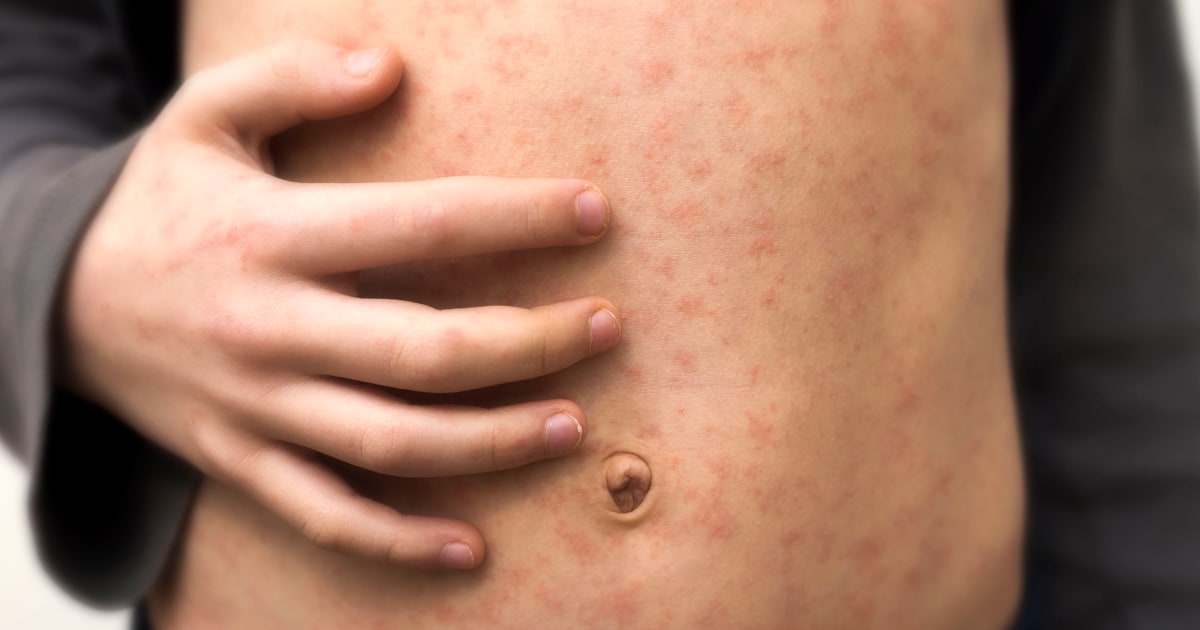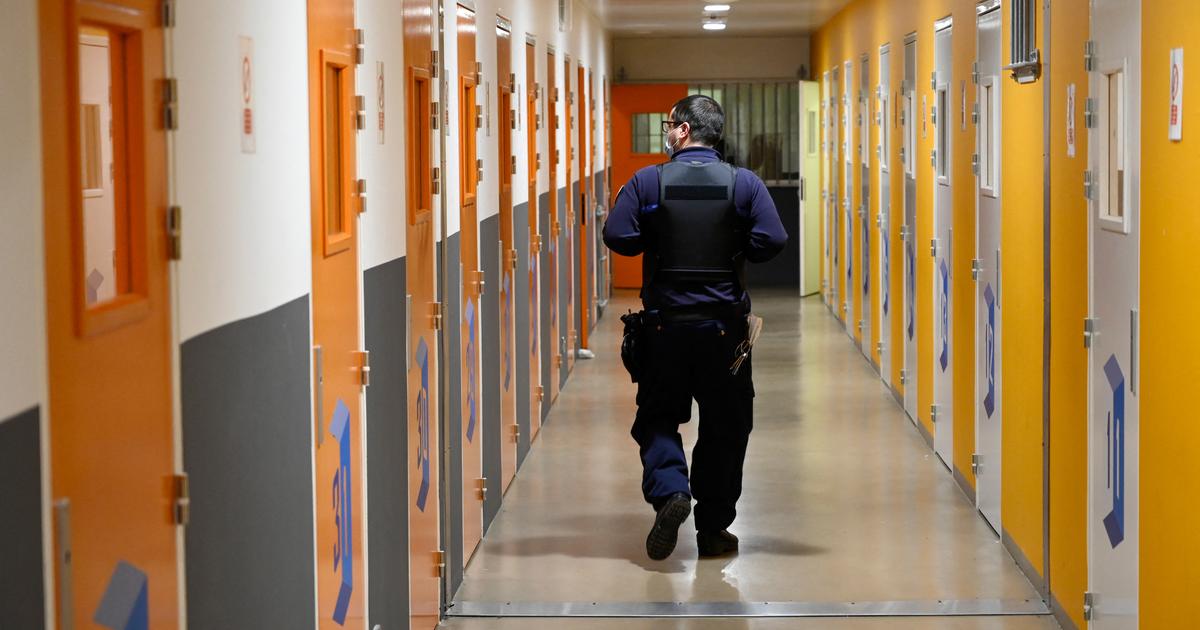Although the World Health Organization points out that the coronavirus is spread mainly through the small drops that fly out of a person's nose or mouth when coughing, sneezing or speaking , a group of scientists assures that the virus can float in air and it is possible that it is transmitted in this way and, as an example of this, the recent case of a restaurant in which COVID-19 spread through air conditioning and infected 9 people.
This would confirm what many experts have been saying during the pandemic: the virus remains in the air indoors , infecting those nearby.
Whether it is carried in the air by large droplets that rise up after a sneeze, or by much smaller exhaled droplets that can glide across a room, the SARS-CoV-2 is airborne and It can infect people when inhaled .
Thus, airborne transmission is an important factor to take into account, especially in crowded spaces with little ventilation, where the consequences could be significant.
While the WHO has long argued that drops expelled by someone infected quickly fall to the ground, in an open letter to the organization to be published Monday in the journal Clinical Infectious Diseases , 239 scientists in 32 countries have exposed the evidence that It shows that small particles can infect people , and they are asking the institution to review its recommendations and alert the population.
Even in its latest update on the disease, the WHO maintained that airborne transmission of the virus is possible only after medical procedures that produce sprays or drops less than five microns. (One micron equals one millionth of a foot.)
According to the WHO, adequate ventilation and N95 masks are cause for concern only in these circumstances. Instead, in his recommendations, before and during the pandemic, he has insisted on the importance of hand washing as a prevention strategy , although there is little evidence of the transmission of the virus from surfaces.
Dr. Benedetta Allegranzi , WHO technical leader in infection control, argues that the evidence that the virus is airborne was not convincing.
"Especially in the past few months, we have been repeatedly claiming that we believe airborne transmission is possible, but it certainly is not backed by strong even clear evidence. There is strong debate about this," he said according to The New York Times .
For his part, Donald Milton , a professor of environmental health at the University of Maryland who studies how viruses are transmitted, told CNN that "it is not a secret, but agencies seem to be afraid to talk about the nature of the virus in the air. "
"I suppose we hope that the WHO will come and be more willing to recognize the important functions of aerosols, whether they want to call it air transmission or not," he added.
While the letter's lead author, Lidia Morawska and who is a professor of environmental engineering and an expert in aerosol science at Queensland University of Technology in Brisbane, Australia, told CNN that they and a group of other specialists have been discussing the possible transmission of COVID-19 in the air since February.
See also:
These are the summer activities with the highest and lowest risk in times of coronavirus
When will be a good time to take to the streets, after recovering from COVID-19
These places have begun to reopen, but experts do not recommend going yet
Related video: Are we worse than in March in the fight against the coronavirus? Experts say















